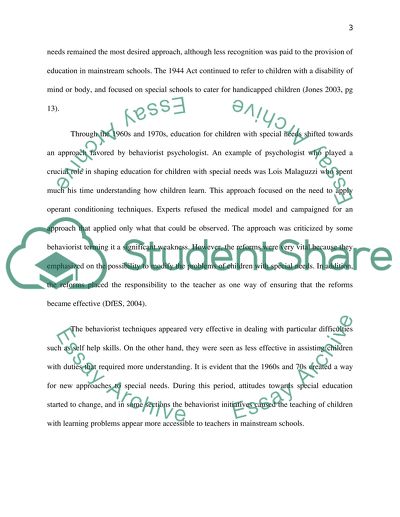Developments in SEN )Special Educational Needs Essay. Retrieved from https://studentshare.org/education/1490152-developments-in-sen-special-educational-needs
Developments in SEN )Special Educational Needs Essay. https://studentshare.org/education/1490152-developments-in-sen-special-educational-needs.


